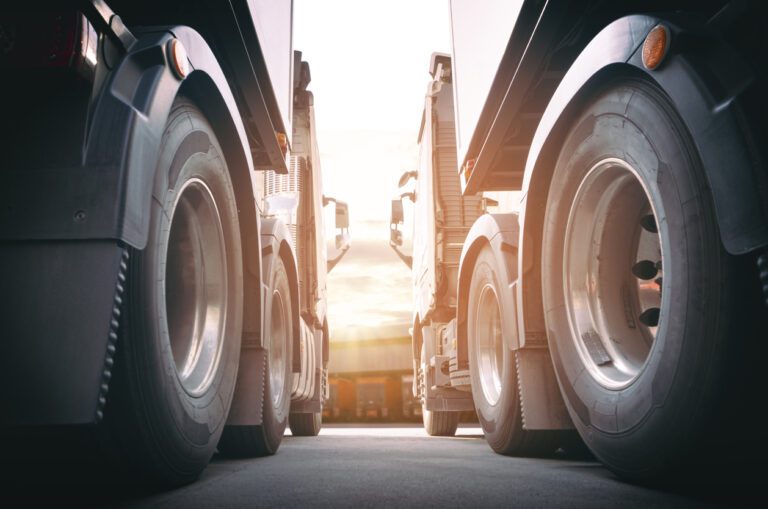How to prepare for the DVSA roadside inspections
What You Need To Know About The New DVSA Roadside Checks
Published by Fleet Witness | May 2025
The DVSA has introduced a comprehensive update to its enforcement approach, aiming to standardize action across all roadside checks and tighten regulations for commercial vehicles.
Under the new system, fixed penalty fines will range from £50 to £300, with the amount increasing based on the severity of the violation. More serious infractions will attract higher penalties.

Four-Tier Fixed Penalty System
For breaches related to drivers’ hours, penalties will now be scaled according to how long drivers exceed their allowed driving time. For example, exceeding the limit by 15 minutes up to an hour will result in a £100 fine. If the violation extends to one to two hours, the fine rises to £200, and exceeding two hours will incur the maximum fine of £300.
The updated policy introduces a four-level penalty structure: Level 1 at £50, Level 2 at £100, Level 3 at £200, and Level 4 at £300, depending on the nature of the offence.
In cases where vehicle defects reveal serious maintenance failures—such as issues that should have been caught during routine safety checks or evident through vehicle behavior—immediate prohibition notices accompanied by £100 fines will be issued.
A graduated penalty system also applies to drivers’ hours violations, with driving 15 hours or more without adequate rest resulting in a £300 fine and the status of “Most Serious Infringement.”
Severe Sanctions for Tachograph Violations & Overloading
Offenses related to tachograph use, such as failing to use record sheets or driver cards, will carry penalties of up to £300 along with immediate vehicle prohibitions.
Overloaded vehicles are also subject to fines, with weights exceeding the limit by 5-10% resulting in a £100 fine, 10-15% overloading attracting £200, and 15-30% leading to a £300 penalty. Overweight vehicles exceeding 30% will face prosecution.
When multiple violations are identified during a single inspection, only one fixed penalty will be issued for the most serious offence.
Closing Statements
Importantly, the new rules specify that foreign-registered vehicles receive no exemptions. Drivers from outside the UK are considered agents of their operators and will face identical sanctions.
Finally, penalties must be paid immediately if drivers cannot produce a verified UK address, and vehicles will be prohibited from continuing their journey until payment is settled.
Want To Learn More?
If you aspire to enhance your fleet operations, just like Verran Freight, take the first step today. Give us a call or drop us an email, and together we can explore how our solutions can transform your business. Don’t miss out on the opportunity to optimise your fleet’s performance and maximise your success.
Contact us now and unlock a new era of efficiency and profitability for your company.





